Transource presents the limitations on federal authority over state transmission permits, but tries to pretend there is some federal authority possessed by FERC that neuters state authority.
Although the Federal Power Act assigns
authority over regional transmission projects and interstate transmission needs to
FERC, it preserves state authority over siting and construction issues related to those
projects. See New York, 535 U.S. at 18-22 (explaining that 16 U.S.C. § 824 contains a
“‘clear and specific grant of jurisdiction’ to FERC” over interstate transmission service
and rates but “reserve[s] state powers” over other matters); S.C. Pub. Serv. Auth., 762
F.3d at 62
Transource thinks that state authority over transmission permitting is a narrow left over from things the Feds don't want to cover.
Transource brought its exceptions to the Recommended Decision before the full PAPUC, explaining in detail how the Recommended Decision misinterpreted FERC’s Order No. 1000, the meaning and weight of the PJM regional transmission planning process and decision on Project 9A, and the remaining role left for the PAPUC under state law in this context.
Transource also thinks that by participating in PJM's regional transmission world Pennsylvania is subjecting itself to PJM's authority over all things electrical. If this is true, states are going to check out and begin to run their own systems on a state level. Is this what FERC and PJM want?
Pennsylvania made the choice to allow its utilities to join PJM, and it has reaped the benefits of being part of an integrated regional market. A consequence, however, is that the state has chosen to subordinate its police power interests in determining the need for new transmission projects to PJM’s determination of regional needs.
Transource also attempts to put the onus on the PA PUC to take some action at PJM's committee meetings, or by filing a complaint at FERC, if it disagreed with PJM's "need" determination. The PA PUC is not a subservient creature under PJM's thumb. PJM's designated entity brings a project to the PUC, and the PUC decides, not the other way around. Ya know, PJM's little book of rules allows a Designated Entity to get off the hook for constructing a project when a state fails to approve. That pretty much tells you all you need to know about the authority of states to have the final say on transmission permits.
Transource pretends it is still building the project, and that it needs to access people's private property for its tests and studies.
Under Pennsylvania law, the PAPUC’s order had immediate effect and is in force today, see 66 Pa. Cons. Stat. § 316, meaning that Transource is no longer a Pennsylvania-authorized public utility. Thus, Transource is no longer authorized to access lands for project assessment or to conduct appraisals.
Transource also worries that PJM might cancel its project if the court doesn't hurry up and overturn the PUC.
Transource PA faces the prospect of imminent and irreparable harm as a result of the PAPUC’s order. Under its Designated Entity Agreement, Transource PA is required to acquire all state permits by September 30, 2021. A failure to meet that milestone date constitutes a breach of the agreement, which could result in the elimination of Project 9A from the Regional Transmission Expansion Plan and the termination of the agreement.
Speaking of victims... Transource is quite worried that the costs of this appeal could end up coming out of the pockets of regional ratepayers... like the other $100M or so Transource has already wasted on this project without care or consideration.
Transource PA requests such other and further relief as the Court may deem just and proper, including attorneys’ fees pursuant to 42 U.S.C.
§ 1988.
Transource makes much of PJM's "congestion" determinations and cost/benefit calculations. PJM simply wasn't believable to the PUC, who has a duty to examine the evidence and find facts upon which to base its decision.
The "congestion" PJM initially found has pretty much entirely disappeared today. PJM did not disagree with that, it simply told the PUC that it should base its current decision on PJM's stopped clock analysis circa 2015. Same with the cost/benefit analysis, which was created using PJM's Magic Math Calculator.
Transource fails to point to any federal law that was violated by the PUC, and its claims of Constitutional violations are overblown nonsense that fail to acknowledge ALL the reasons the PUC denied Transource's application.
End of story.


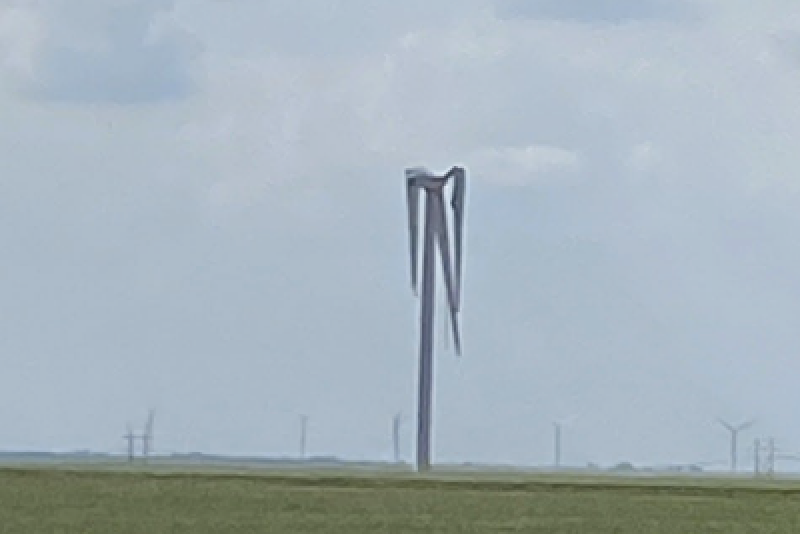
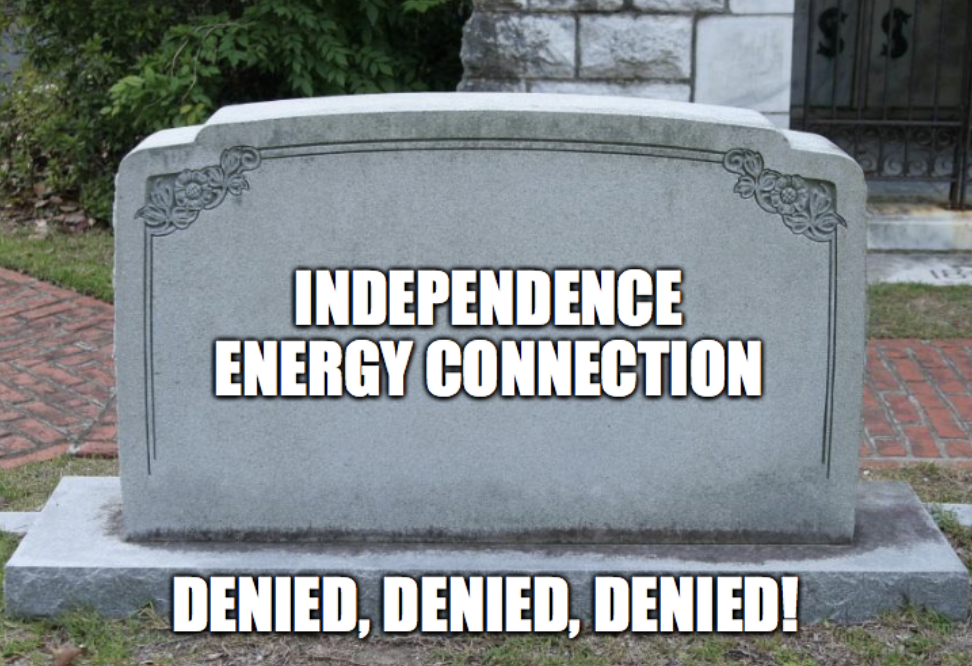

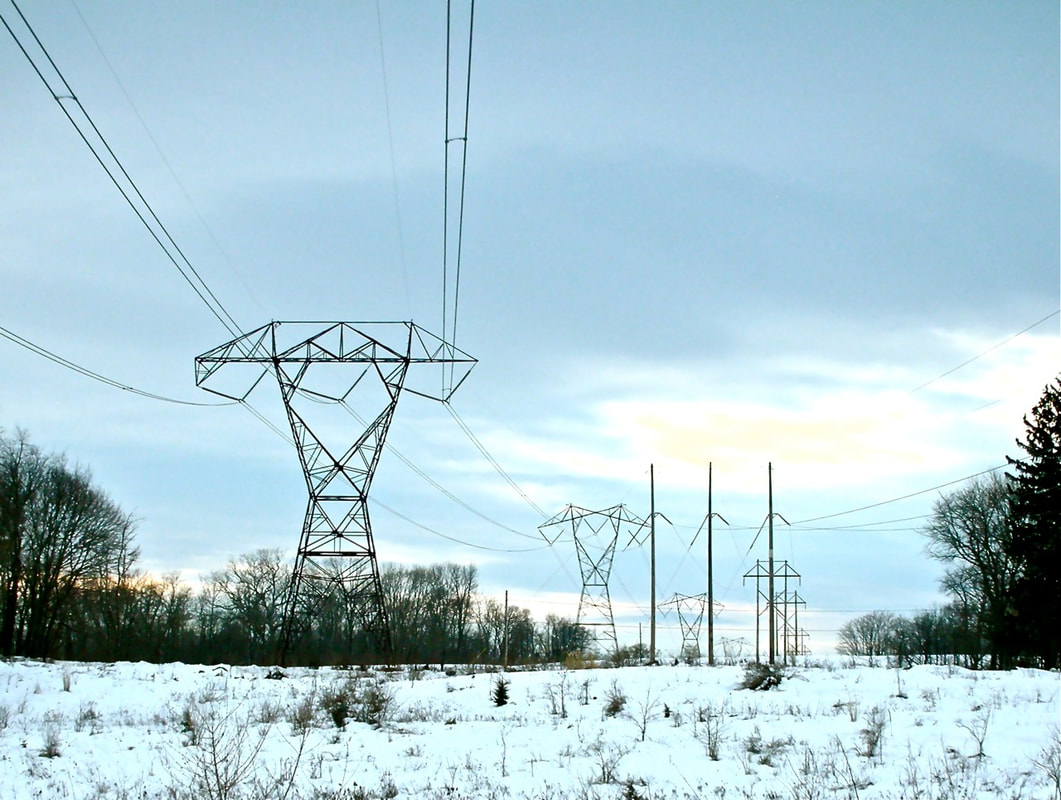
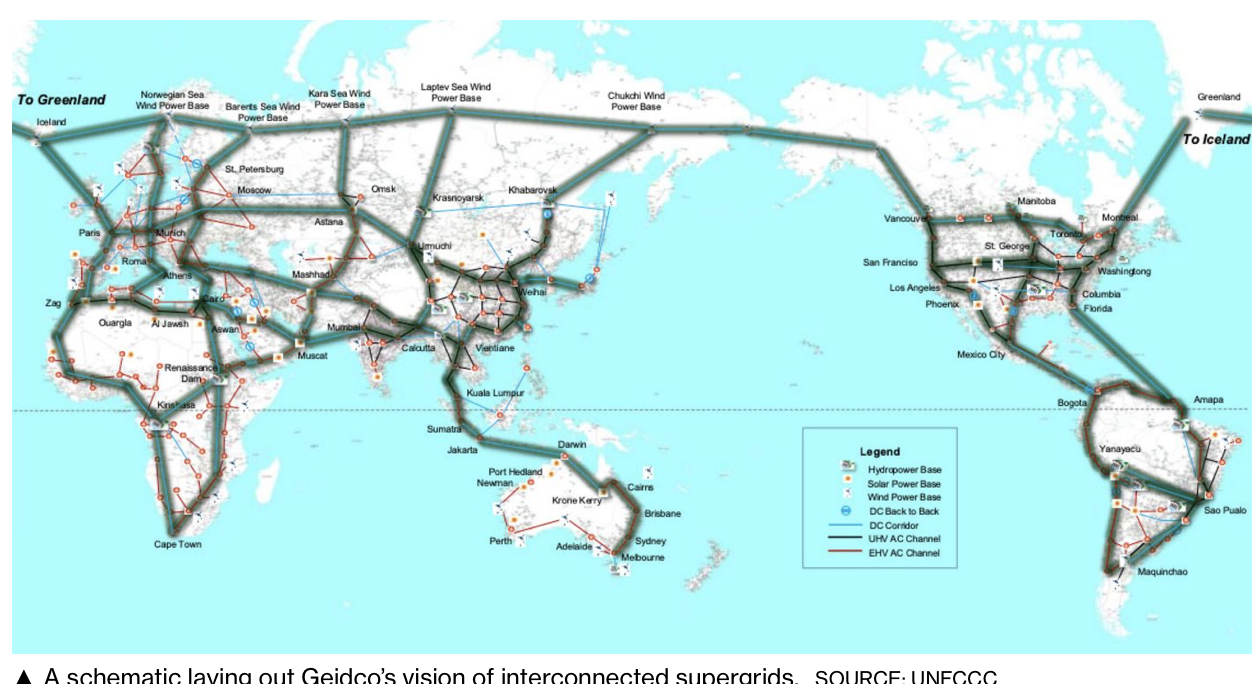
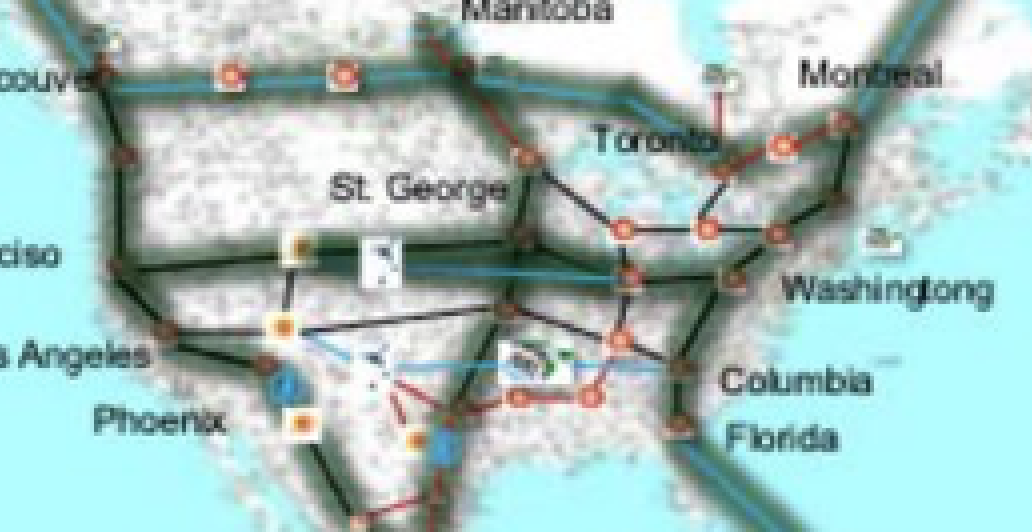

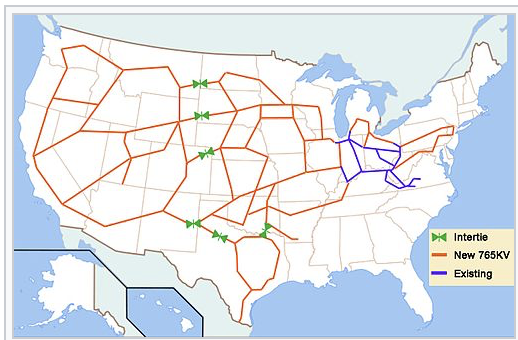
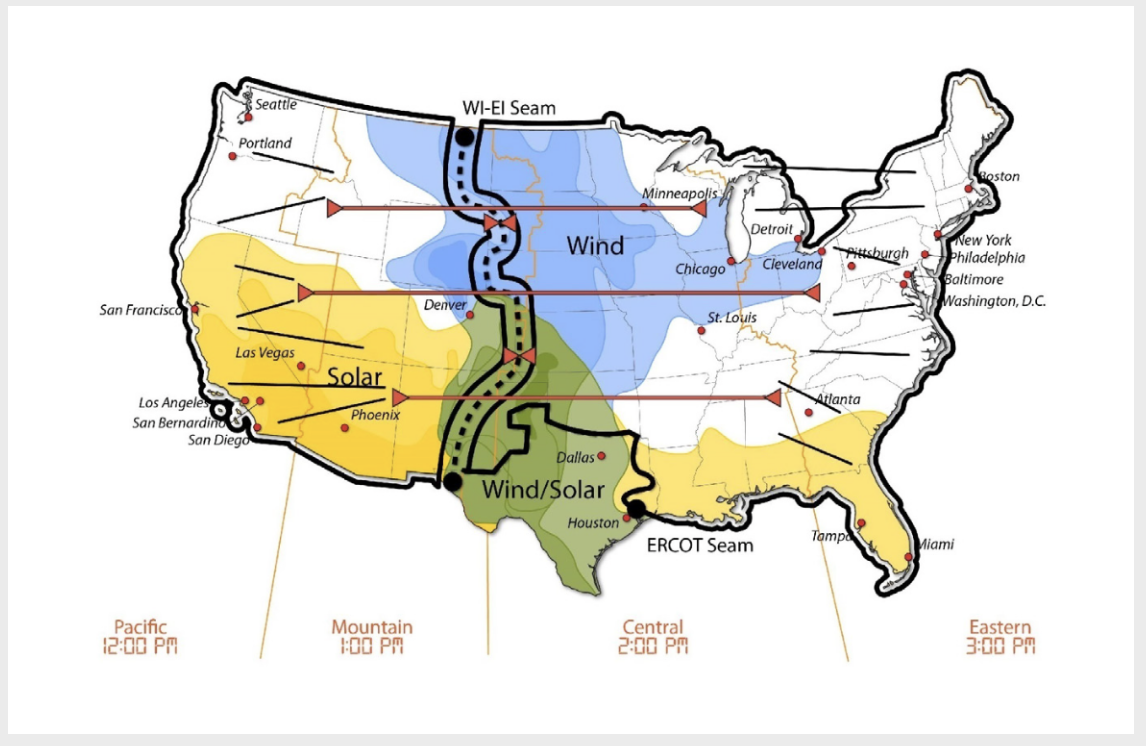
 RSS Feed
RSS Feed